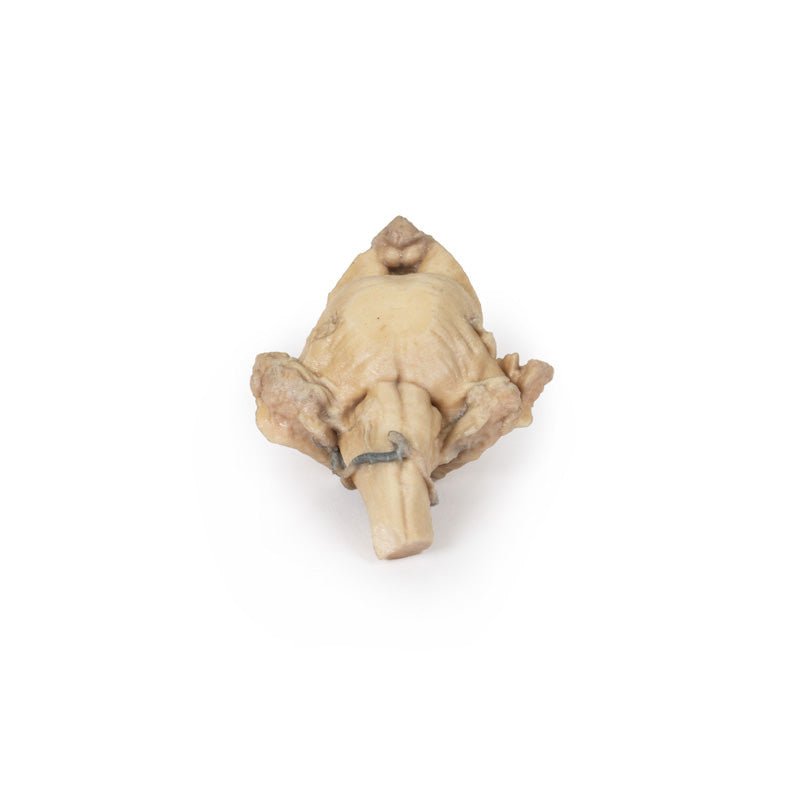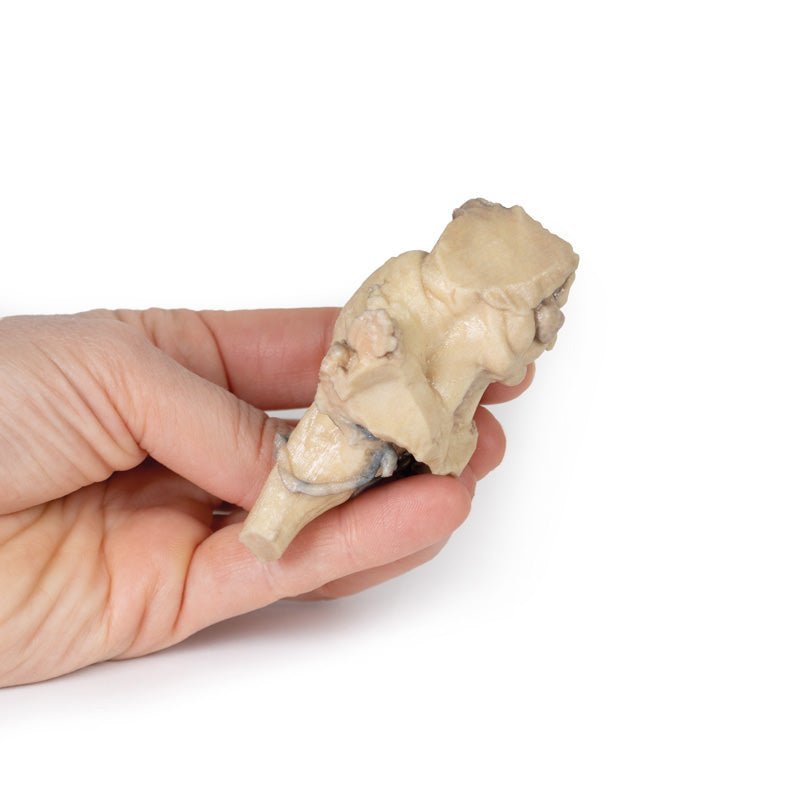Your shopping cart is empty.
3D Printed Brain Stem, Isolated Anatomy From Midbrain to Medulla Oblongata
Item # MP1101Need an estimate?
Click Add To Quote

-
by
A trusted GT partner -
3D Printed Model
from a real specimen -
Gov't pricing
Available upon request
3D Printed Brain Stem, Isolated Anatomy From Midbrain to Medulla Oblongata
This 3D model provides a view of the isolated brainstem anatomy from the midbrain to the medulla oblongata, and
compliments the other diencephalon/brainstem 3D model (BR 10) in our series.
Rostrally, the 3D model has been
sectioned at an angle from the overlying diencephalon while retaining the mamillary bodies of the hypothalamus
between the cerebral peduncles (anteriorly) and the pineal gland/epithalamus (posteriorly). Posteriorly, the
corpora quadrigemina (the collective superior and inferior colliculi) of the midbrain are prominent adjacent to
the superior cerebellar peduncles. The cerebellum itself has been removed, leaving the cross-section of the
middle and inferior cerebellar peduncles on each side. Inferior to the sectioned peduncles is the partially
opened fourth ventricle and remnants of the posterior inferior cerebellar arteries.
On the ventral aspect of
the 3D model the pons is preserved with the origin of the trigeminal nerve (CN V) preserved (particularly on the
left side). Inferior to the pons on the medulla oblongata, both the pyramids and olives are visible on both
sides (particularly clear on the right).
 Handling Guidelines for 3D Printed Models
Handling Guidelines for 3D Printed Models
GTSimulators by Global Technologies
Erler Zimmer Authorized Dealer
The models are very detailed and delicate. With normal production machines you cannot realize such details like shown in these models.
The printer used is a color-plastic printer. This is the most suitable printer for these models.
The plastic material is already the best and most suitable material for these prints. (The other option would be a kind of gypsum, but this is way more fragile. You even cannot get them out of the printer without breaking them).The huge advantage of the prints is that they are very realistic as the data is coming from real human specimen. Nothing is shaped or stylized.
The users have to handle these prints with utmost care. They are not made for touching or bending any thin nerves, arteries, vessels etc. The 3D printed models should sit on a table and just rotated at the table.





































































